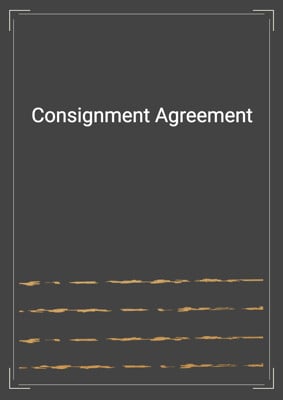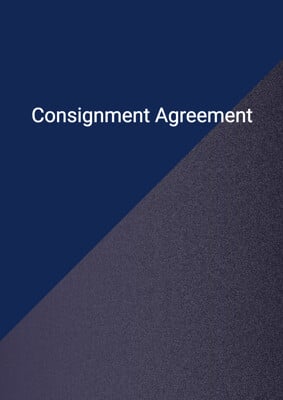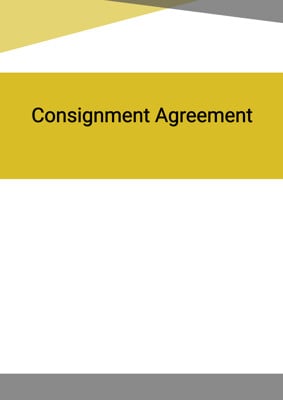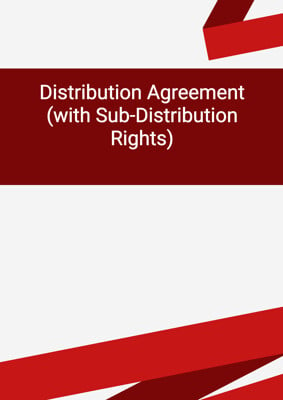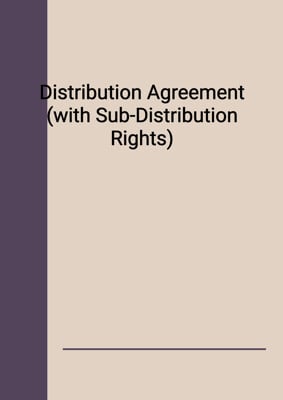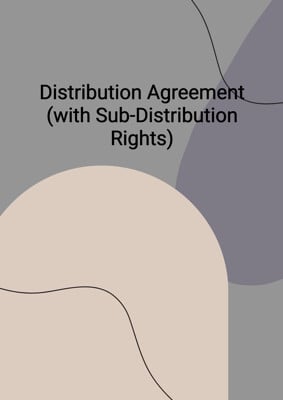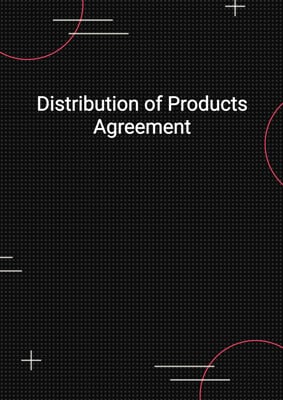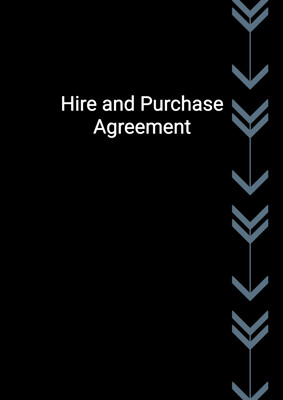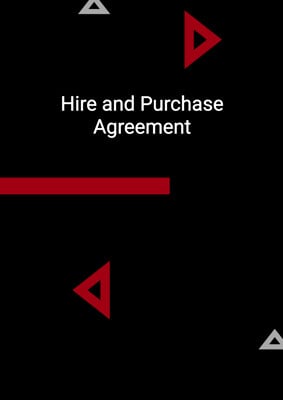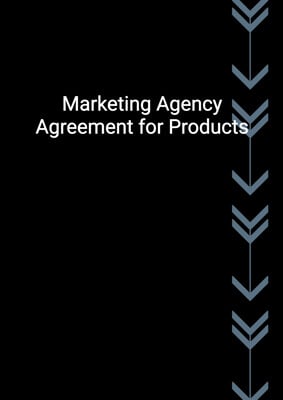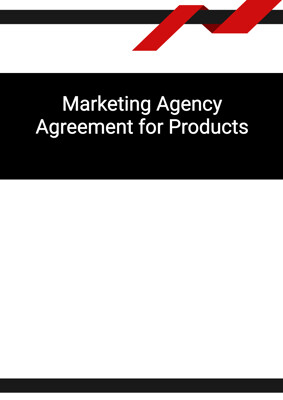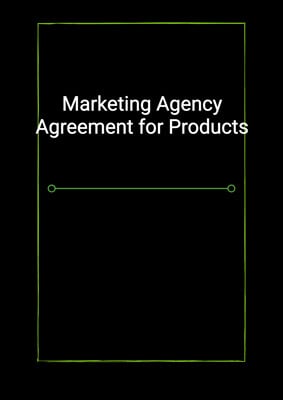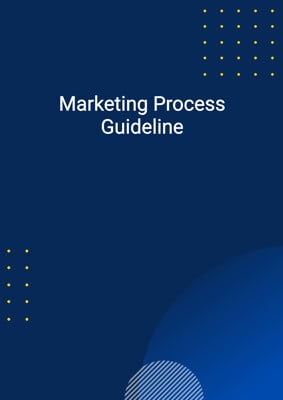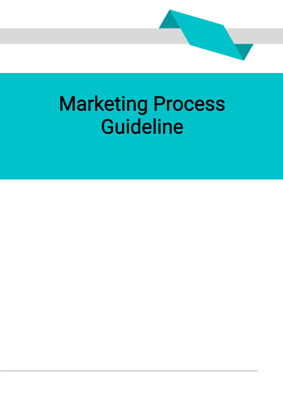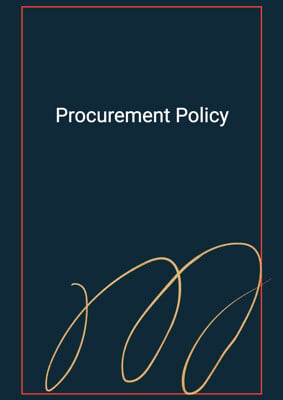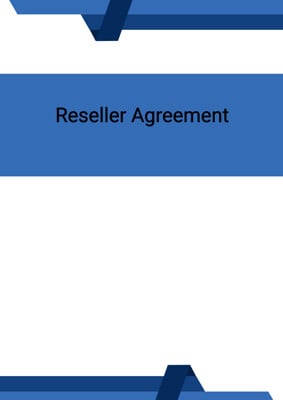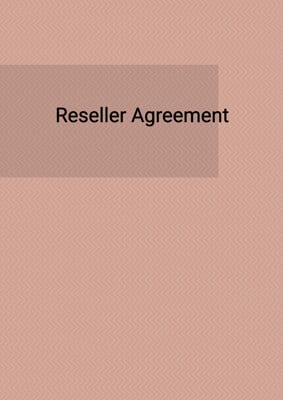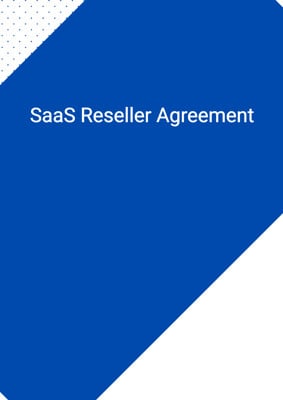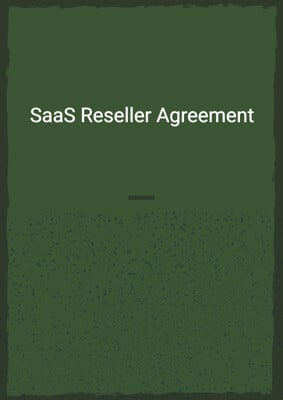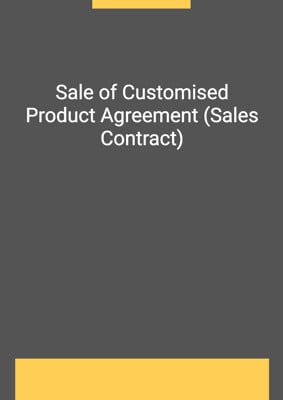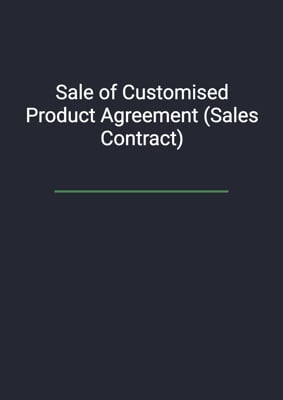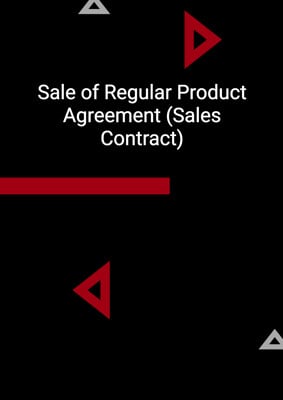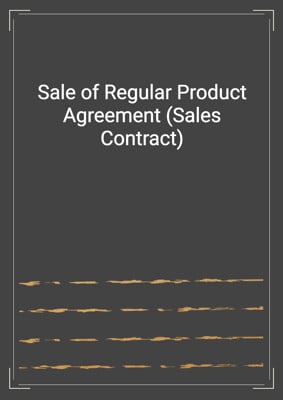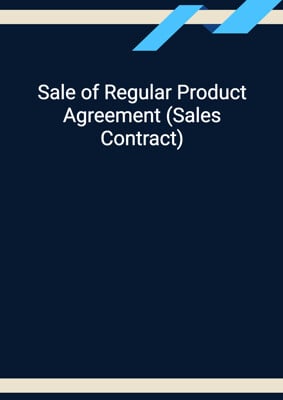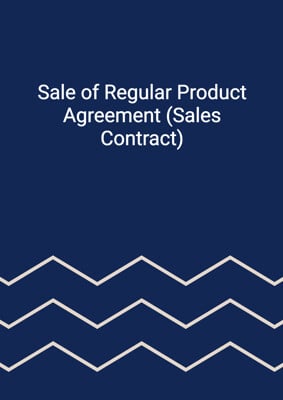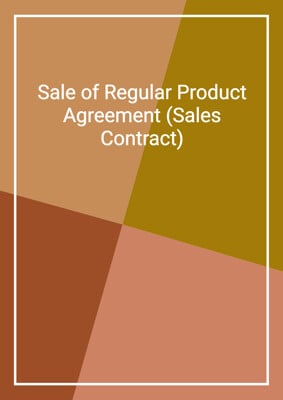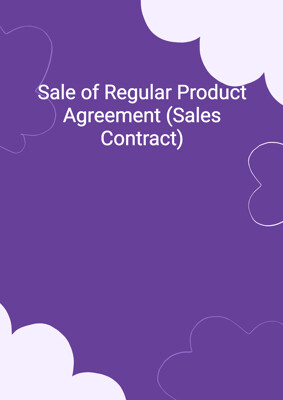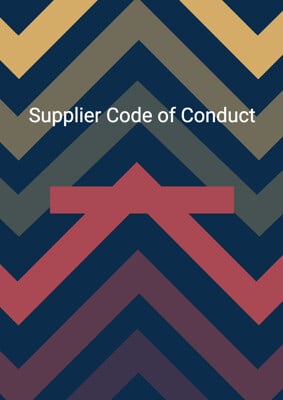
Sale of Regular Product Agreement (Sales Contract)
Seller - Long Term
Draft an OEM agreement for long-term, continuous or regular supply of goods where the Buyer can use or resell the goods under its own brand. The agreement is in favour of the Seller. Ensure compliance and secure long-term business success.
How to Tailor the Document for Your Need?
01
Create Document
Fill in the details of the parties. You can click the "Fill with Member’s Information" button to complete it with information saved to your account.
02
Fill Information
Please fill in any additional information by following the step-by-step guide on the left hand side of the preview document and click the "Next" button.
03
Get Document
When you are done, click the "Get Document" button and you can download the document in Word or PDF format.
04
Review Document
Please get all parties to review the document carefully and make any final modifications to ensure that the details are correct before signing the document.
Document Preview
Document Description
The Sale of Regular Product Agreement (Sales Contract) is a legally binding document that outlines the terms and conditions of the sale and purchase of regular products between two parties, namely the seller and the buyer. This agreement is important as it establishes the rights and obligations of both parties, ensuring that they are aware of their responsibilities and can avoid any potential disputes or misunderstandings.
The entire document is divided into several sections, each addressing different aspects of the agreement. The first section, titled 'Definitions,' provides the meanings of various terms used throughout the agreement. This ensures that both parties have a clear understanding of the terminology used.
The second section, titled 'Supply and Purchase,' outlines the obligations of the seller and the buyer regarding the supply and purchase of the products. It specifies that the seller will sell and the buyer will purchase the products as ordered by the buyer. It also mentions that the seller may make improvements to the products to remain competitive.
The third section, titled 'Purchase Orders,' explains the process of placing purchase orders for the products. It states that the buyer must transmit a written purchase order to the seller, specifying the identity and quantity of the products, the requested delivery schedule, prices, and shipping instructions.
The fourth section, titled 'Forecast and Ordering Procedure,' describes the buyer's obligation to provide the seller with estimated orders of the products for each calendar year and each month. It emphasizes the importance of accurate forecasting to assist the seller in planning its manufacturing capacity and material requirements.
The fifth section, titled 'Delivery,' addresses the delivery of the products. It states that the seller shall deliver the products to the buyer according to the agreed Incoterms. It also mentions that the buyer must report any shortages in the shipment within a specified period.
The sixth section, titled 'Pricing,' specifies the prices applicable to the products. It mentions that the prices shall be firm for orders placed during the first month and may be varied by the seller for subsequent months with prior notice to the buyer.
The seventh section, titled 'Payment,' outlines the payment terms for the products. It states that the buyer must make payment by credit transfer within a specified number of days from the date of the invoice. It also mentions the consequences of non-payment, including interest charges and the seller's right to suspend deliveries.
The eighth section, titled 'Term,' specifies the duration of the agreement, which is three years from its effective date. It also mentions the possibility of renewal for subsequent one-year terms upon written notice.
The ninth section, titled 'Termination,' explains the circumstances under which either party may terminate the agreement, including default in performance, insolvency, or cessation of business. It also mentions the consequences of termination.
The tenth section, titled 'Warranties; Limitation of Liability,' addresses the seller's liability for the products and disclaims any warranties regarding the nature, quality, or fitness of the products. It also limits the seller's liability for any indirect, special, incidental, or consequential damages.
The eleventh section, titled 'Confidential Information,' sets out the obligations of the parties regarding the exchange and use of confidential information. It emphasizes the need to maintain confidentiality and provides exceptions to the obligation.
The twelfth section, titled 'Force Majeure,' addresses the parties' rights and obligations in the event of force majeure events that may affect the performance of the agreement. It mentions the extension of time for performance and the right to terminate the agreement under certain circumstances.
The thirteenth section, titled 'Amendments,' states that any amendments or modifications to the agreement must be in writing and executed by both parties.
The fourteenth section, titled 'Subcontract,' allows the seller to carry out its obligations under the agreement through agents or subcontractors.
The fifteenth section, titled 'Assignment,' prohibits the assignment or transfer of the buyer's rights and benefits under the agreement without the seller's prior written consent.
The sixteenth section, titled 'Severability,' states that if any provision of the agreement is held to be void or unenforceable, the remaining provisions shall continue to be valid.
The seventeenth section, titled 'Notices,' specifies the requirements for giving notice or other formal communication under the agreement. It mentions the methods of delivery and the addresses of the parties for the purpose of communication.
The eighteenth section, titled 'Settlement of Disputes,' encourages the parties to resolve any disputes amicably. It also provides for dispute resolution through negotiation and mediation before resorting to legal action.
The nineteenth section, titled 'Counterparts,' allows the agreement to be executed in multiple counterparts, each of which shall be considered an original.
The twentieth section, titled 'No Rights for Third Parties,' clarifies that third parties have no rights to enforce any terms of the agreement.
The agreement concludes with the signatures of both parties and the date of execution.
How to use this document?
To use the Sale of Regular Product Agreement effectively, follow these steps:
1. Familiarize yourself with the entire agreement, paying attention to the definitions section to understand the meanings of key terms used throughout the document.
2. Determine your role as either the seller or the buyer and understand your rights and obligations as outlined in the agreement.
3. When placing purchase orders, ensure that you provide accurate and detailed information, including the identity and quantity of the products, the requested delivery schedule, prices, and shipping instructions.
4. If you are the buyer, make sure to provide the seller with estimated orders of the products for each calendar year and each month, as this will assist the seller in planning its manufacturing capacity and material requirements.
5. When receiving the products, carefully inspect the shipment for any shortages. Report any shortages to the seller within the specified timeframe to ensure proper resolution.
6. Adhere to the payment terms stated in the agreement. Make payment by credit transfer within the specified number of days from the date of the invoice to avoid any interest charges or suspension of deliveries.
7. If any disputes or issues arise during the term of the agreement, attempt to resolve them amicably through negotiation and mediation. Seek legal action only as a last resort.
8. Keep a record of all communications and transactions related to the agreement for future reference.
By following these steps, you can effectively use the Sale of Regular Product Agreement and ensure a smooth and mutually beneficial business relationship between the seller and the buyer.
Not the right document?
Don’t worry, we have thousands of documents for you to choose from:

